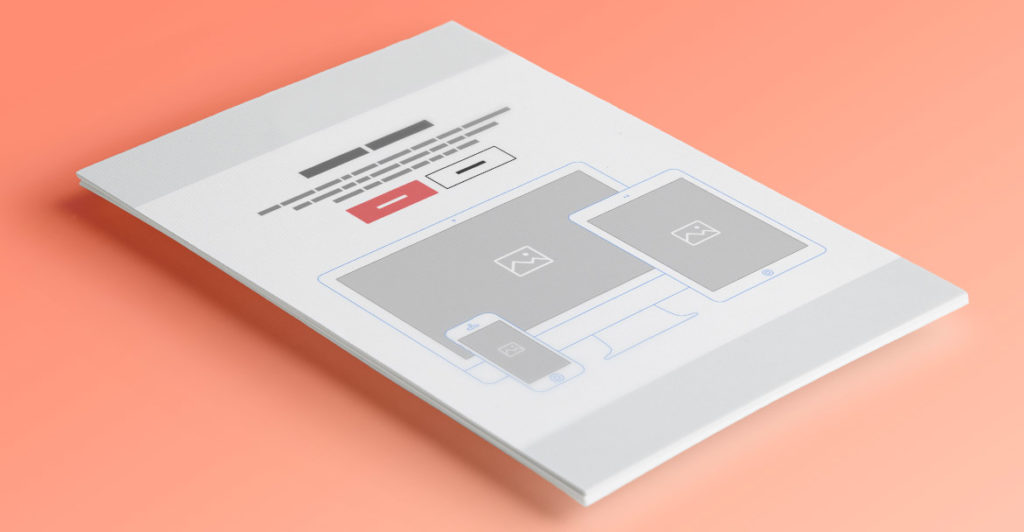A business’s website is like a physical shop window. Get it wrong and potential customers are unlikely to stick around for long. In fact, 90% of consumers say they have left a website because it’s badly designed.
Web designers who are just starting out rely mainly on word of mouth marketing to build up a client base. Increase your chances of creating a successful web design business by avoiding these mistakes.

Overloading Your Website
Beginner designers are often so focused on making a great impression that they inadvertently overload the websites they design. Although it is tempting to showcase your skills, overloaded websites offer a poor user experience.
Different fonts, scattered images, incompatible color palettes and too many multimedia additions can make a website seem like it was designed by a nine-year-old.
Furthermore, overloading a website can impact loading times. 53% of mobile users said they will leave a website if it fails to fully load within three seconds.
Keep things simple. Choose a single font type. Use images and multimedia sparingly. Study color theory.
Relying Too Much on Templates
Using web design templates as a building block of a website is perfectly fine. It can cut down on design times but relying too heavily on them can make a website look like all the other websites.
Site owners want a unique design that helps them to stand out from the crowd. See website templates as a building block, rather than the finished product.
Too Many Calls to Action
Everyone knows a call to action is vital. Filling your site with lots of windows covered in calls to action is frustrating and borderline abusive. Nobody likes feeling like a website is taking up the role of a used car salesman.
Include a single call to action per page of the website. It should be clear, concise, and authoritative.
Try to include it ‘below the fold’. Studies show CTAs below the fold increase conversion rates by 304%.
Avoid Background Audio and Videos
There is nothing more irritating for users than audio and video content playing in the background. It is intrusive, annoying, and takes control away from anyone visiting the website.
American news and sports websites regularly commit this offense. Give users the choice over whether they want to watch a video or listen to an audio clip.
Refrain from Using Aggressive Pop-Up Windows
Pop-up windows are often considered to be the necessary evil of web design. Studies have shown people do respond to them and they can increase conversion rates. However, many websites have what would be termed as ‘aggressive pop-ups’.
Pop-up windows should not open immediately when the page is opened. They should not be obtrusive by overlapping content. Plus, pop-ups should not be too large and should deliver real, useful information.
Not Optimizing the Website for Search Engines
Search engines are the primary drivers of web traffic. Google accounts for 90% of the search engine market, so web designers need to focus on what Google considers to be good design.
If there are problems with websites, such as slow loading times or high bounce rates, Google will penalize them by moving them down the rankings. Web designers should be aware of the best practices set by Google.
Some of the things web designers must do include:
- Register meta tags for every major page.
- Ensure all content is unique.
- Enter thematic keywords into the text content of the site.
Slow Loading Times
Slow loading times adversely impact the user experience of a website. Most consumers are unwilling to wait around for a website that takes longer than three seconds to load.
Slower loading websites are also at risk of being penalized in the Google search rankings.
Web designers can fix slow loading times by compressing JavaScript and CSS files, rather than compressing every page individually. Images should also be optimized to reduce downloading times. There are also other web-based plugins which can be used to provide analytics about site performance.
Make Sure the Design is Relevant to the Audience
Newcomers to web design often make the mistake of assuming they do not need to think about the site owner’s audience. This could not be further from the truth. Good design will only take a business so far.
It needs to be targeted to the specific audience or it could lead to high bounce rates. High bounce rates will automatically lead to a website sinking in the search rankings, which impacts overall web traffic.
Web designers should study the websites of other successful businesses in the client’s industry for inspiration before they get started.
Conclusion
Web design is an art comprised of style, fashion, and pure academic thought. Although there is a huge amount of competition within the web design business, great designers are hard to come by.
Beginners should continue learning and carve out some time every week to learn something new and to look up the latest trends.
What are you doing to improve your web design work?
